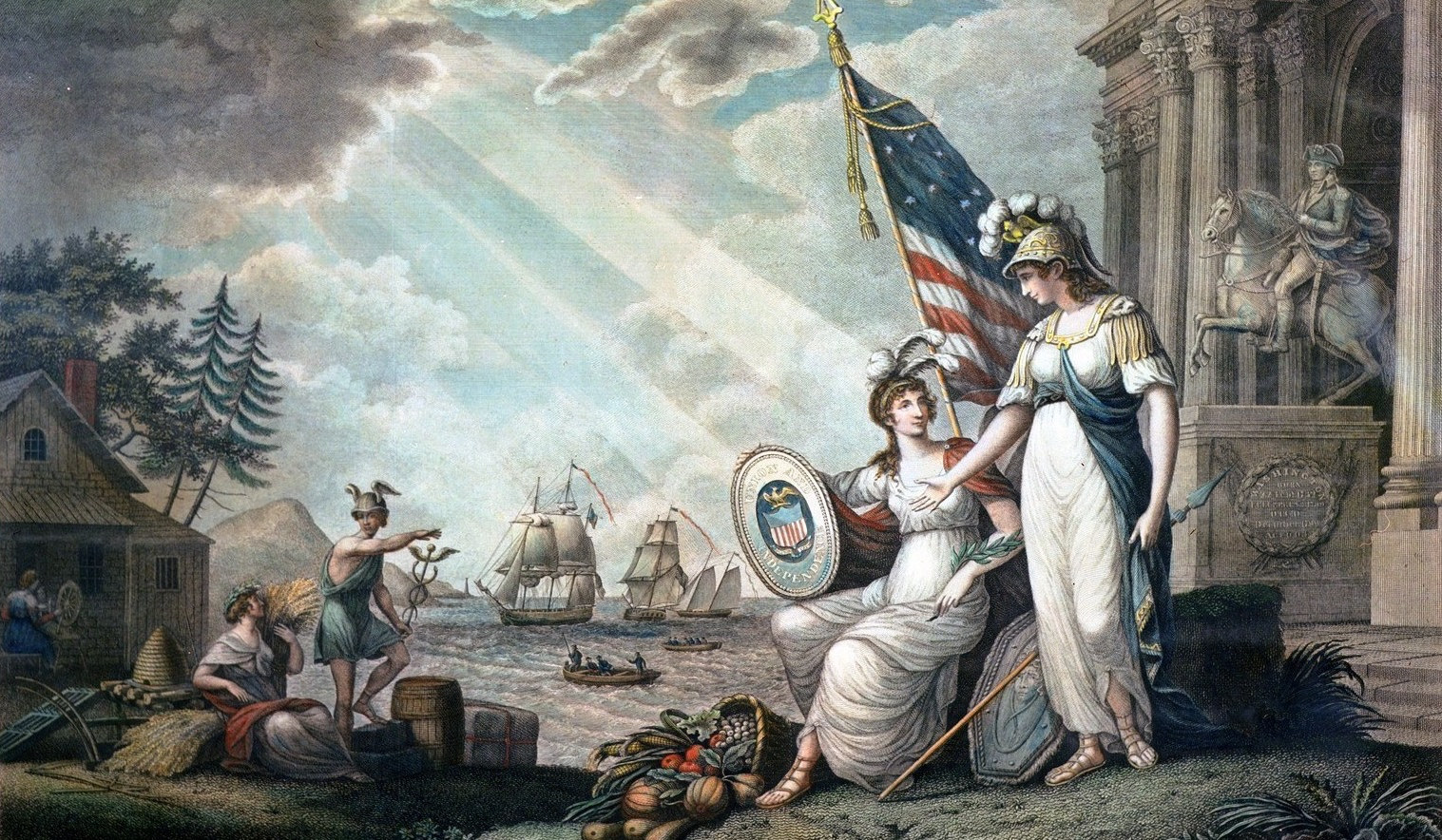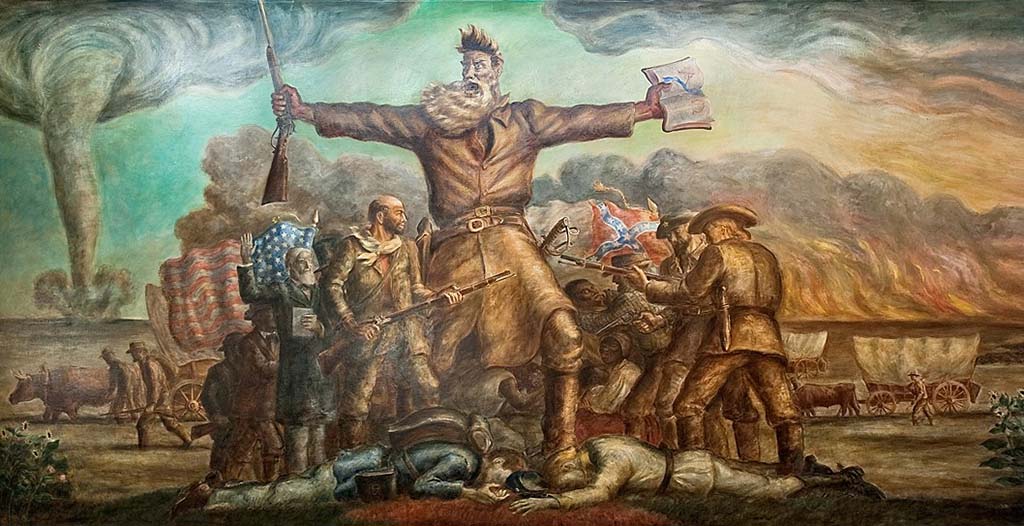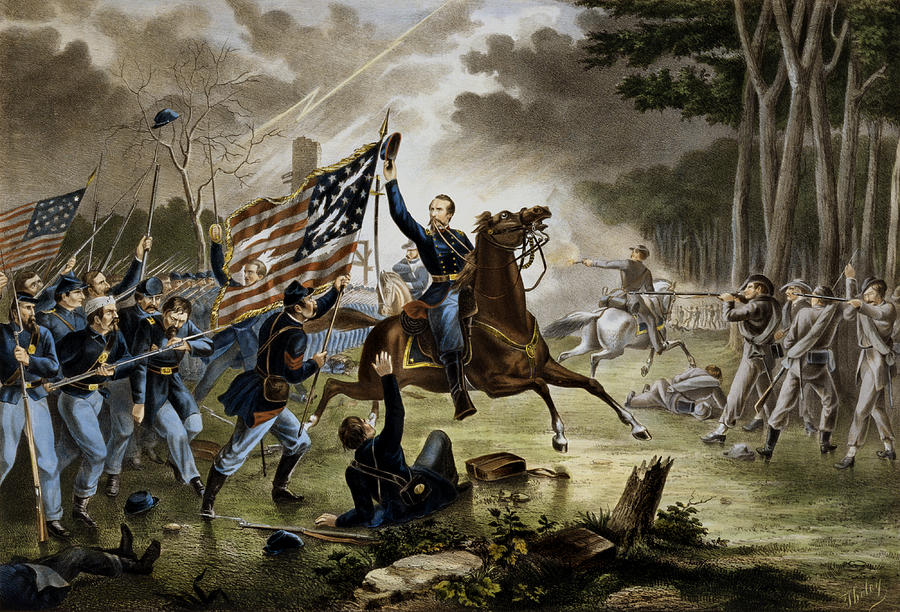Let’s talk about the stories of empires and civilizations at large this week!
Lately, I have been falling back into my old hobbies of (perhaps excessively) listening to history documentaries, podcasts, and audiobooks. Though, being older as I am now and more attuned to picking up on patterns and trends, I thought it would be interesting to describe the consistencies I noticed. This is in no way meant to be an in-depth analysis on the nature of civilization, just the observations of a guy who loves stories. Also, note that I will be discussing agricultural societies, pastoral ones tend to follow a looser model.
Stage 1: Defining the group

The first step in the development of a new society is for individuals to realize that they are part of a group. The “group” often shares a cultural and genetic basis for why individuals associate with each other in the group. Once they develop a strong identity of this “group” they will then be more likely to view those not in the group as the “them” in an “us vs. them” which further motivates individuals to work for the greater good of the group to overcome whatever obstacles other groups (i.e., the “them”) may impose upon them.
Stage 2: Expansion
After realizing that the civilization is a collective unit with a common cultural goal and identity (that I will now collectively refer to as the “society”), the group will set out to overcome or conquer those that oppose or oppress it. Keep in mind that most empires throughout history were forged in “us vs. them” conflicts that united the people behind a mutual cause.
Stage 3: Fruits of Conquest

The result of expanding is the acquisition of more stuff – often someone else’s stuff. This will lead to prosperous times throughout the domain of the society.
Stage 4: Reflection

With the conflict that formulated the civilization now gone, and a lack of an “us vs. them” conflict to strictly define societal and individual identity, individuals have time to reflect on and analyze the current state of the society. Do they like what they see? – often not!
Stage 5 = Stage 1 Again

Patterns of civilization reiterate periodically. This is why you see civil unrest and wars for independence – when individuals realize that they are actually a part of a larger collective that share a common goal, new cultures and movements are created, starting the cycle all over again.
(Passion Blog #8)